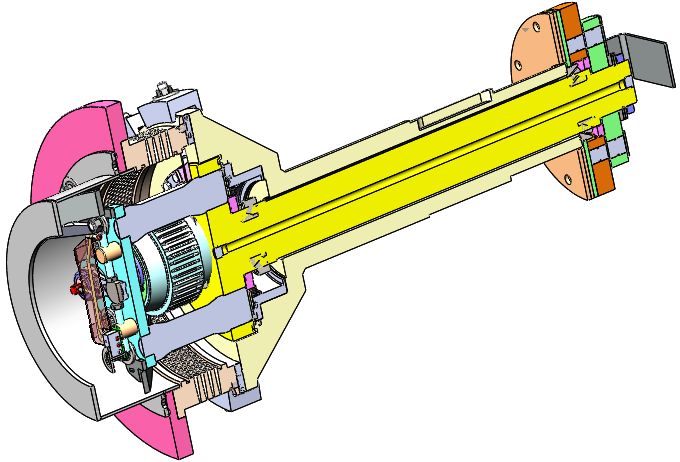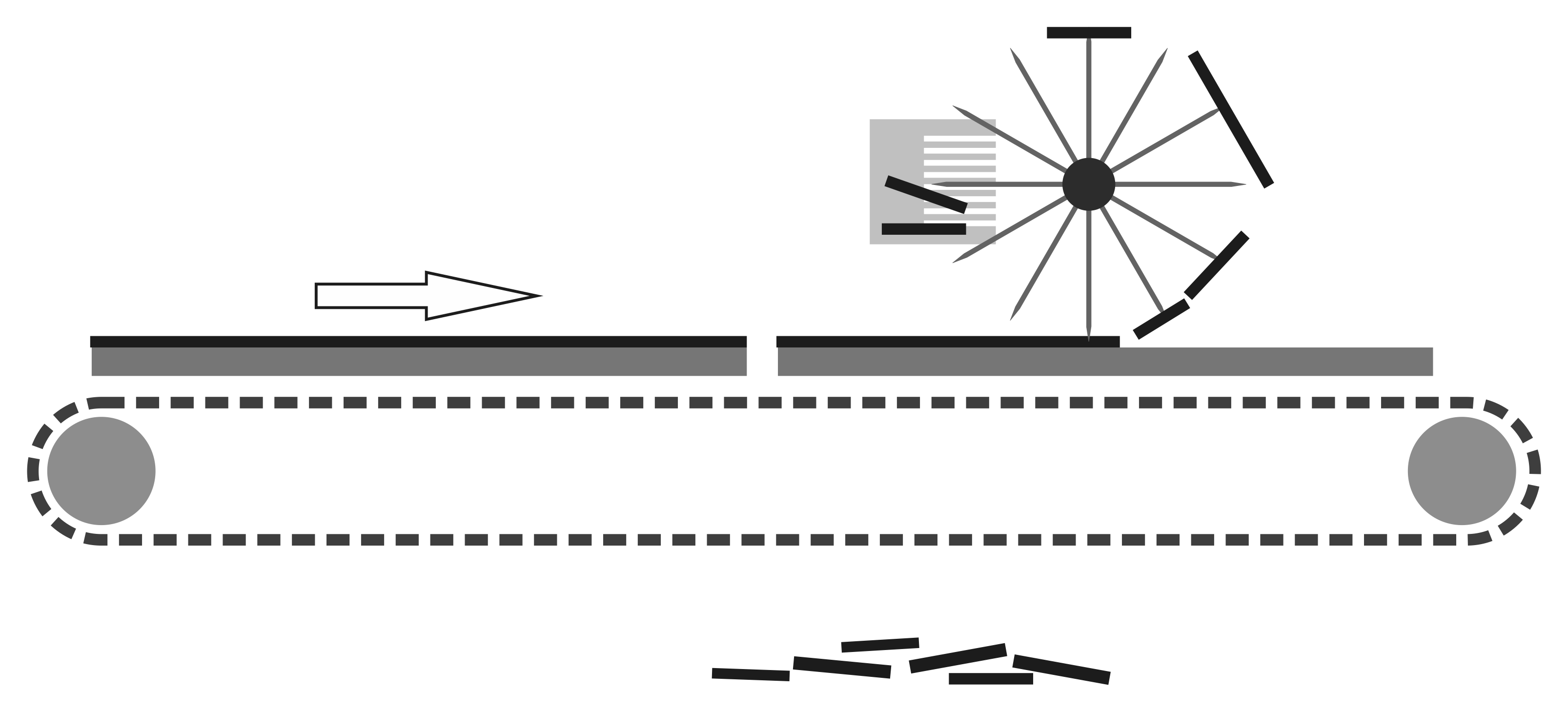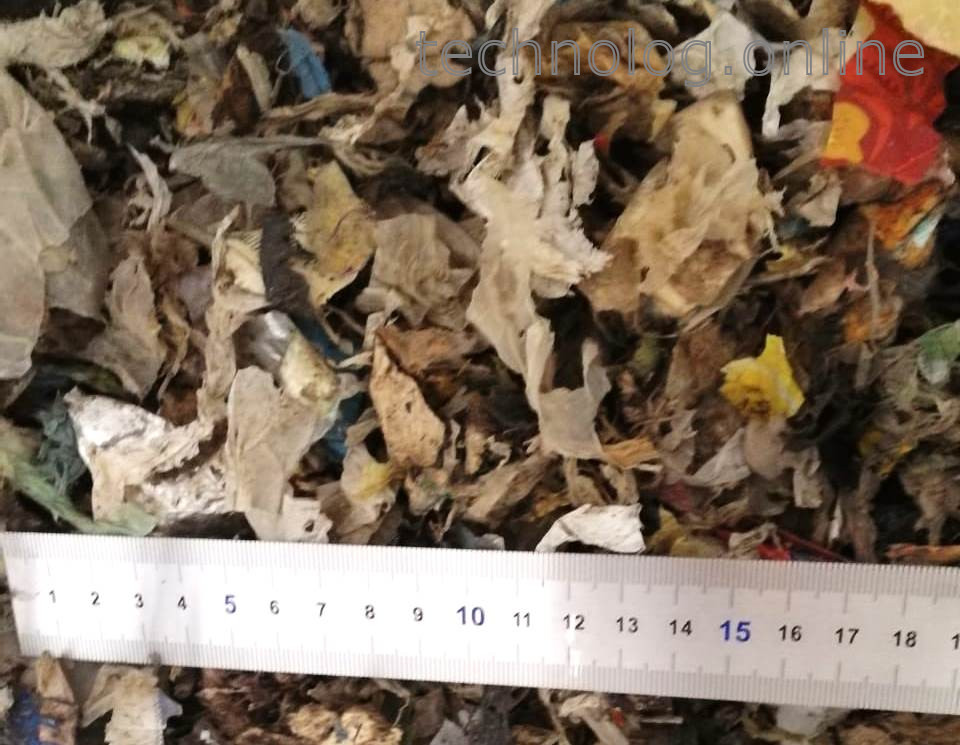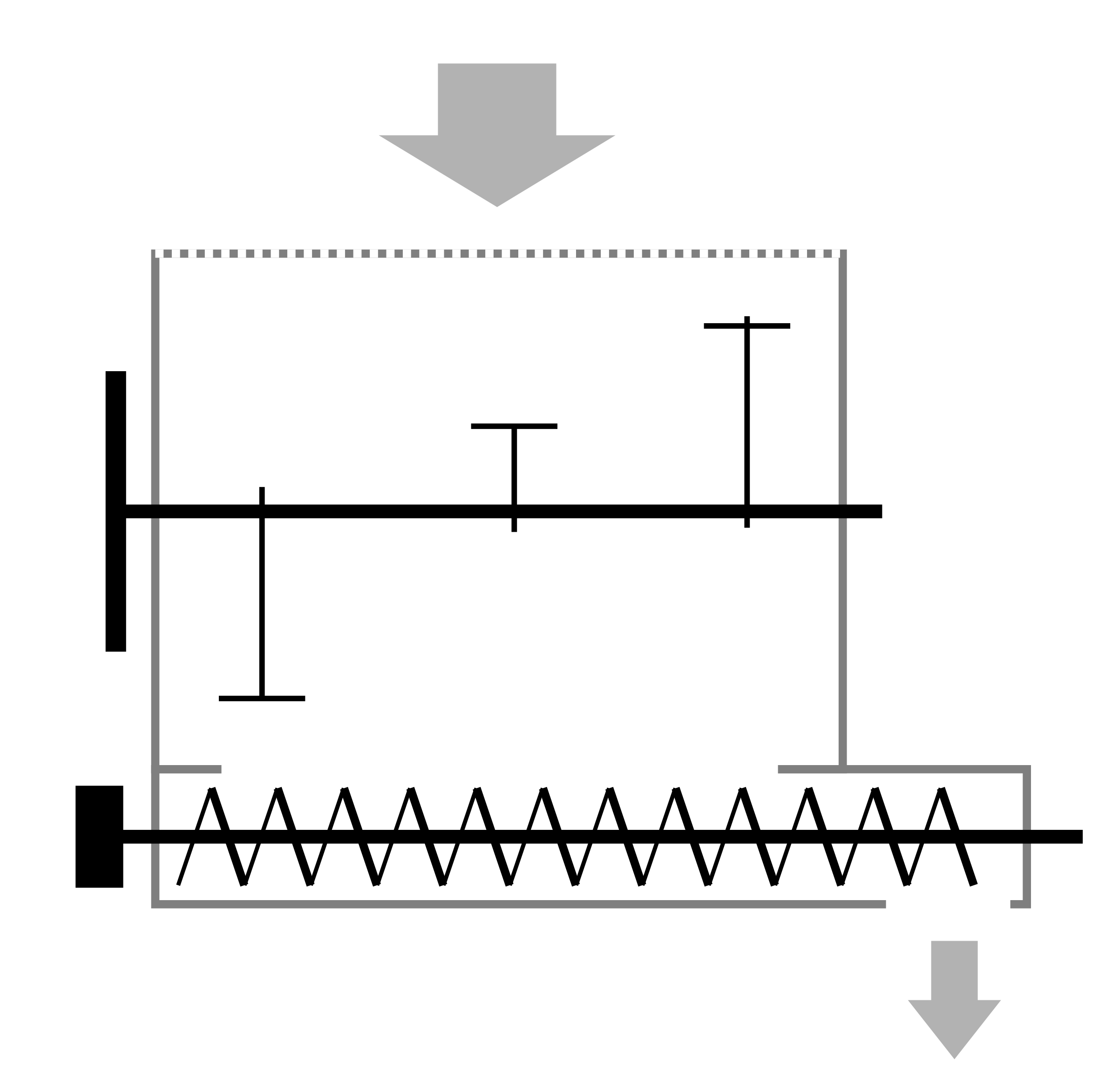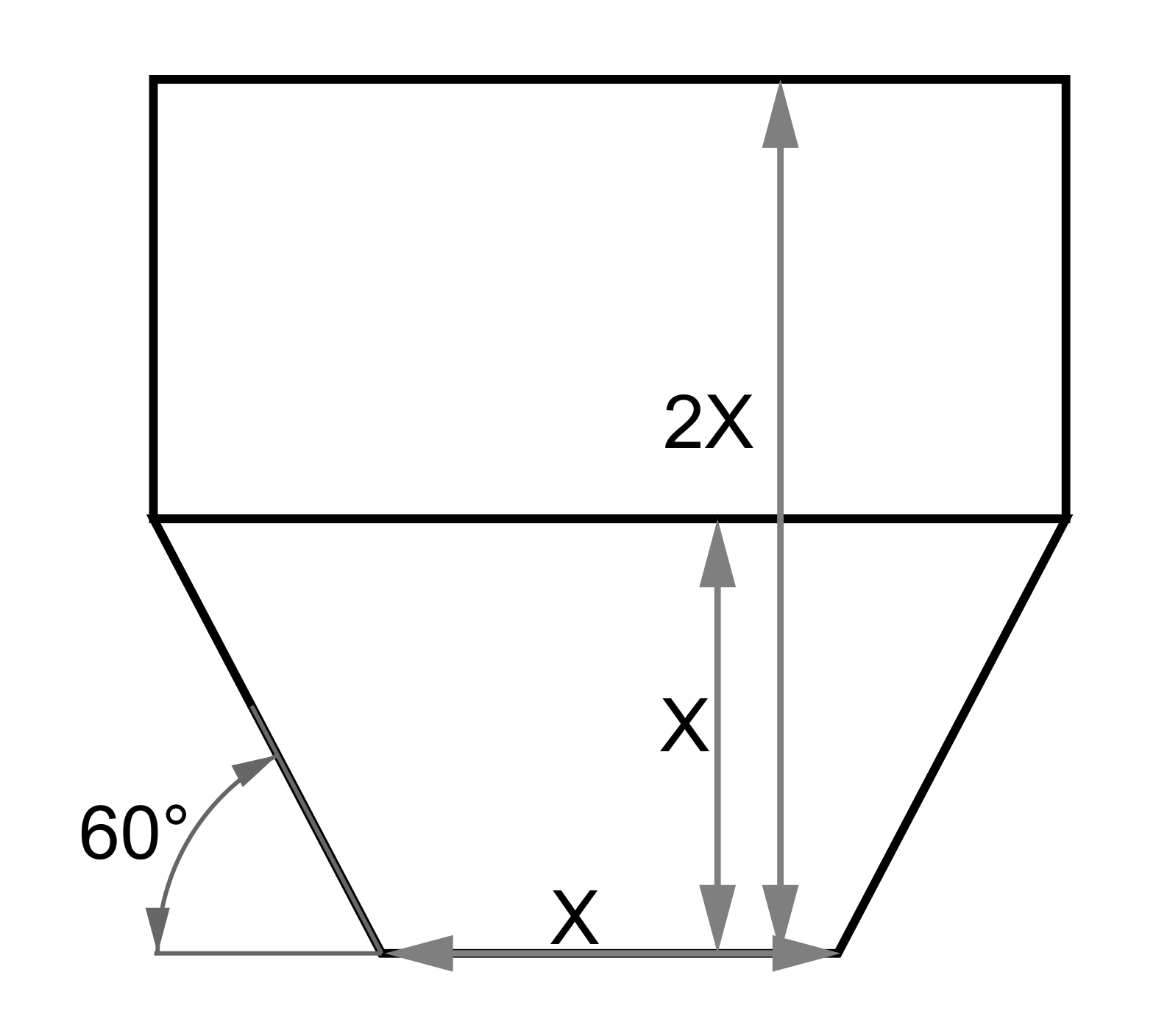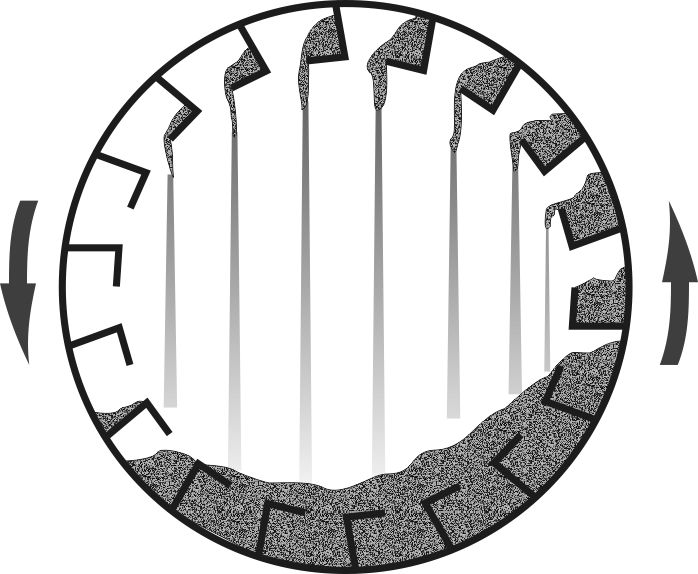Most beginners, when discussing pelletizing, imagine only the pellet mill into which raw material enters and from which ready-to-sell pellets emerge, instantly generating profit. If one continues down this path — learning the price of a pellet mill, its dimensions, creating a pseudo-business plan — one might catch "pellet fever." In reality, a pellet mill is quite a primitive device. It can efficiently turn raw material into pellets, provided the material strictly meets specific properties: biochemical composition, moisture content, and particle size. Furthermore, the pellets exiting the mill are hot and not very sturdy, containing traces of raw material, which do not yet qualify as a finished product.
When you examine each property separately, it becomes apparent that suitable raw material is almost impossible to find at any facility offering waste for processing. For example, the biochemical composition of wood waste at a single lumber mill can vary significantly, as different orders may require different wood species, harvested in different seasons, and grown on different soils with varying sunlight exposure. Fresh wood behaves very differently compared to wood waste stored in moist conditions for over a month. All these factors influence die selection, which is discussed in more detail in the pellet mills section.
For moisture content, ideal results are achieved within a narrow range, usually 9-10%. If the raw material is initially too dry, it cannot always be moistened by simply adding water, as uniformly mixing and permeating the material is a separate technological challenge. The biggest issue is excess moisture, which completely disrupts the pelletizing process when it exceeds 12% in practically any type of raw material.
The particle size mainly affects the pressure needed to push material through the die, indirectly impacting particle bonding quality, production efficiency, and the lifespan of the die and machine as a whole. Simply put, the kilowatts of power not spent on raw material grinding by the crusher will be additionally drawn from the main drive of the pellet mill and added as mechanical load to the pressing unit.
Thus, an effective pellet production line is a carefully selected chain of equipment, which prepares raw material to near-ideal parameters before the pellet mill and stabilizes the product to attain marketable qualities afterward. Each stage of raw material transformation is a separate technological process with dedicated equipment: raw material grinding, drying, removing unwanted impurities, mixing with additives, and so on. The production capacity of the equipment in the line is chosen to consistently load the most expensive and complex machines, which are bottlenecks in the chain. Meanwhile, other so-called "peripheral" equipment is selected with a 1.5-2 times capacity reserve, as it does not significantly alter the investment picture while simultaneously increasing the average monthly production volume due to stable and uninterrupted operation. Typically, this peripheral equipment absorbs the initial impact in non-routine situations, such as when foreign objects enter the raw material, abrasive impurities are present, or there is excessive raw material feed due to operator error or automation failure.
The saddest situation arises when the operating parameter ranges of equipment in the pelletizing line either do not match at all or align only with the extreme limits of technical performance. For instance, if there is a weak crusher for dry material installed between the dryer and pellet mill, it may stop abruptly due to overloading from a sudden and substantial discharge of raw material from the drying complex. To avoid such emergency stoppages, the feed rate to the dryer is reduced, losing overall productivity, which leads to overheating of the pellet mill due to material starvation.
Even if you successfully select the equipment, resolve all organizational issues, launch the plant, and hire staff, this still doesn't guarantee success. According to various statistics, up to half of pellet production facilities shut down in the first year of operation due to raw material shortages. Accurately assessing potential and guaranteed raw material volumes is essentially impossible in a changing market. One must rely on nearby facilities, potential contracts for wood product exports, and the pace of waste removal towards landfills or unstable consumers of these wastes. A common mistake is relying on masses of sawdust accumulated over an indefinite period. Even a small pellet plant typically "consumes" such a pile in six months, and afterward, it's discovered that within a 10-20 kilometer radius, the total waste generation doesn't cover even a third of the required volume.
It's also crucial to thoroughly study all equipment in operational production in advance to understand the limits beyond which the likelihood of a breakdown sharply increases. Preventing failures is much cheaper than halting operations during peak biofuel demand or stalling the operation of an oil extraction plant due to excess accumulated waste. Equipment manufacturers often shift weak design points to delayed consequences, reducing reliability beyond the warranty period and committing the client to regular repairs and spare parts consumption.
Studying the limits of equipment capabilities is beneficial in view of future upgrades and renovations to increase output volumes or switch to other types of raw materials to avoid seasonal downtimes. Planning for increased productivity capacity slightly raises the initial equipment purchase costs, but in the long run, it can save up to 20-25% of capital investments. Processing various types of raw materials mainly involves the feed and preparation of materials for pelletizing, but can also result in technological limits for certain units, including the die, so the entire process chain needs re-evaluation under changed conditions.
Often, equipment that combines several functions is offered, which at first glance significantly reduces engineering solutions, but leaves no room for maneuver when raw material properties change, drastically reducing productivity. This works well in experimental sites, laboratory trial production, or other conditions with sporadic operations not intended as a standalone business. If the owner envisions the pelleting workshop as at least self-sustaining, then every miscalculation, every weak or narrow point in the equipment, will benefit competitors who will eventually take over the raw materials and clients. Sometimes it is better not to start production at all, as the total profit from renting out the production space and selling raw materials might exceed the margin on pelletizing.
Below are the main points where dozens of productions have stumbled. It is better to learn about them in advance while this book is still your first and only investment in the pellet business.
Important! All information on this website is for informational and recommendation purposes only! Before making changes to the settings and structure of the equipment, be sure to consult with the manufacturer, ensure the safety of your actions, and just in case, consider how to return everything to its original state.



